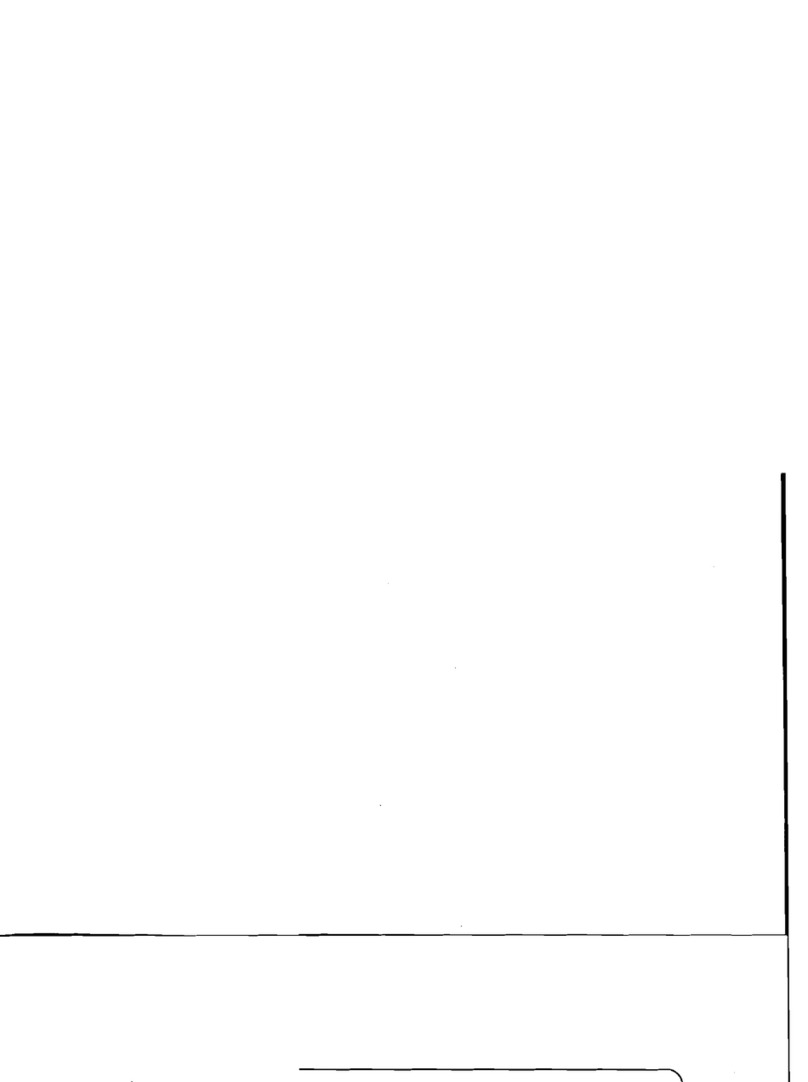
Documents are only to be used and distributed completely and unchanged. It is strictly the users’ responsibility to check carefully
the validity of this document with respect to his product. Manual-no.: 999155 / 29/01/2009
page 7 of 36
Prevent the backpressure of gases and the backow of condensates.
Never suck liquids or dust into the pump.
Provide appropriate protective measures (i.e precautions which allow for the require-
ments of the respective application) even for the case of failure and malfunction.
Failure of the pump (e.g. due to power failure) or of connected components, parts
of the supply or change of parameters must not lead to a critical dangerous situa-
tion under any circumstances. In case of diaphragm cracks or leaks in the manifold
pumped substances might be released into the environment or into the pump hous-
ing or motor. Comply especially with notes on operation and use and maintenance.
Due to the residual leak rate of the equipment, there might be an exchange of gas,
albeit extremely slight, between the environment and the vacuum system.
Adopt suitable measures to prevent contamination of the pumped substances or the
environment.
In case of overload the motor is shut down by a self-hold thermal cutout in the
winding.
Attention: Reset possible only manually. Switch off the pump or isolate the equip-
ment from mains. Identify and eliminate the cause of failure. Wait approx. ve min-
utes before restarting the pump.
Attention: In case of supply voltage below 100V, the lock of the cutout might be
restricted and the pump might restart on its own after sufcient cooling down. Take
suitable precautions, if an automatic restart of the pump might lead to a critical dan-
gerous situation.
The A-weighed emission sound pressure level of the pump does not exceed 70
dB(A). Measurement according to EN ISO 2151:2004 and EN ISO 3744:1995 with
standard silencer or exhaust tube at outlet.
Maintenance and repair
Wear parts have to be replaced regularly. In case of normal wear the lifetime of the
diaphragms and valves is > 10000 operating hours. Bearings have a typical durability
of 40000 h. Motor capacitors have a typical durability in the range of 10000 to 40000 h de-
pending strongly on the operation conditions like ambient temperature, humidity or load.
• Check every capacitor regularly by measuring its capacity and estimating its op-
eration time. Exchange old capacitors early enough to prevent a failure. If an
overaged motor capacitor fails it might get hot and even melt and may cause a
ame to form which could be dangerous for persons and equipment in the
vicinity. The capacitors have to be replaced by an electrician.
➨Isolate equipment from mains and wait two minutes before starting mainte-
nance to allow the capacitors to discharge.
➨Before starting maintenance, wait two minutes after isolating the equipment
from mains to allow the capacitors to discharge.
☞Ensure that the pump cannot be operated accidentally. Never operate the
pump if covers or other parts of the pump are disassembled. Never operate
a defective or damaged pump.
☞Attention: The pump might be contaminated with process chemicals which have
been pumped during operation. Ensure that the pump is decontaminated before
maintenance and take adequate precautions to protect people from the effects of
dangerous substances if contamination has occurred.
NOTICE



































